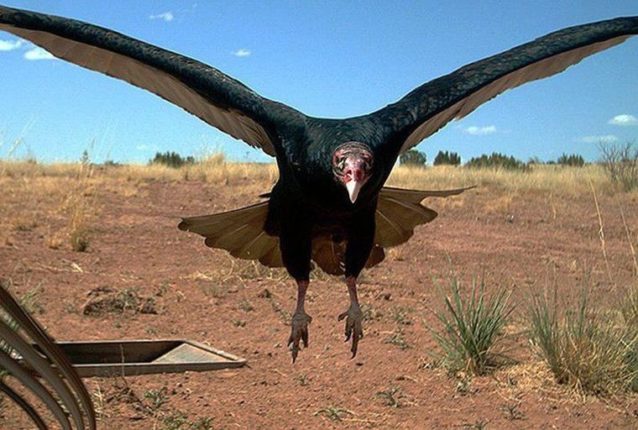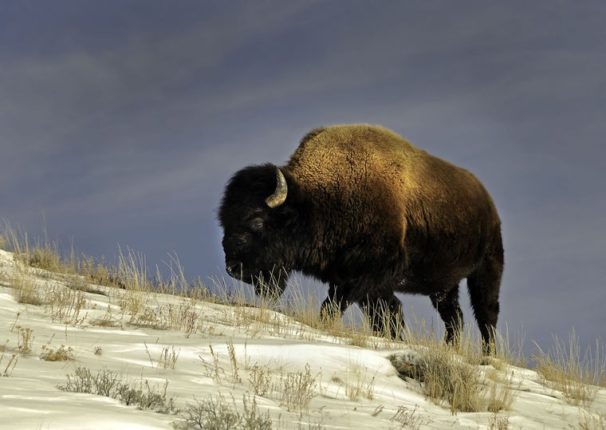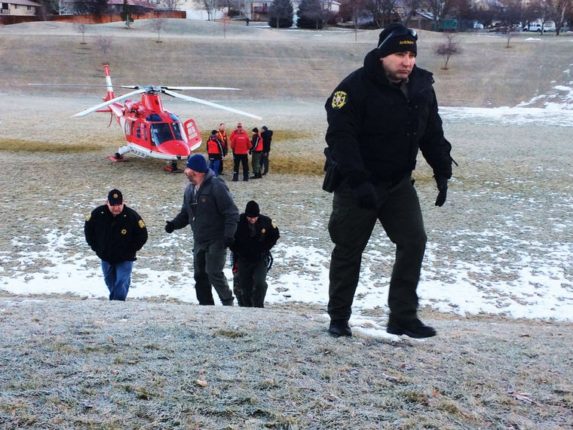CHEYENNE, Wyo. (AP) — How does a bighorn sheep say “cheese?”
Some charismatic critters caught by motion-detecting wildlife cameras seem to know how to strike a pose. But it’s not just show business. As these devices get ever smaller, cheaper and more reliable, scientists across the U.S. are using them to document elusive creatures like never before.
“There’s no doubt — it is an incredible tool to acquire data on wildlife,” said Grant Harris, a U.S. Fish and Wildlife Service wildlife biologist based in Albuquerque, New Mexico.
Remote cameras have photographed everything from small desert cats called ocelots to snow-loving lynx high in the Northern Rockies.
Harris cited photos of javelinas, pig-like desert mammals, and coatimundi, members of the raccoon family, taken at higher latitudes in recent years. That could mean global warming is expanding their range northward, he said.
Other scientists deploying remote cameras include researchers with the Wyoming Migration Initiative, who use global positioning to map the movements of elk, mule deer and antelope in and around Yellowstone National Park. They only have so many collars to track animals, meaning there’s a limit to the GPS data they can gather, said Matthew Kauffman, a University of Wyoming associate professor and initiative director.
“You see one animal migrating, you don’t know if it’s migrating by itself, if it’s migrating with a calf, or if it’s migrating with 40 other animals,” Kauffman said.
Remote cameras — which can be left in the backcountry for days, weeks or even months — help fill in blanks by showing how many animals are on the move over a given period, he said.
Where to position them requires careful forethought. Clustering several around a watering hole, for instance, might produce many images but not a thorough profile of a population. But a purely data-driven approach might not yield any useful photos.
“There’s this tension between subjectivity in where you put your camera and where it’s statistically sound,” Harris said.
Sometimes smart-alecky humans turn up among the images. “I’ve seen people moon cameras, and that’s always funny,” he said.
Remote video can also reveal details about animal behavior, including the mewling sounds of migrating mule deer. And live-streaming cameras for everything from bison in Saskatchewan, Canada, to the underwater kelp forest off California’s Channel Islands are always popular.
As with all human intrusion into nature, remote cameras have downsides. Animals such as wolverines and bears have been known to attack them, though whether out of curiosity or aggression is hard to say.
Also, remote cameras have become popular tools to help hunters scout for game, prompting a debate over fair-chase ethics. Then there’s the whole subjective thing about going into nature to get away from it all, including surveillance cameras.
But to answer that original question: A bighorn sheep that looks like it’s smiling probably isn’t saying “cheese” but sniffing pheromones and other scents in what’s called a flehmen response, said Harris.
In other words … bleats us.
___
Follow Mead Gruver at https://twitter.com/meadgruver







